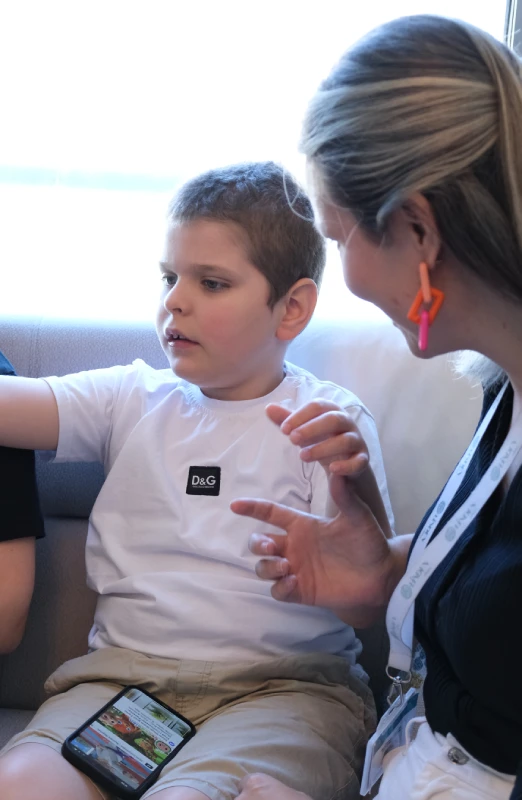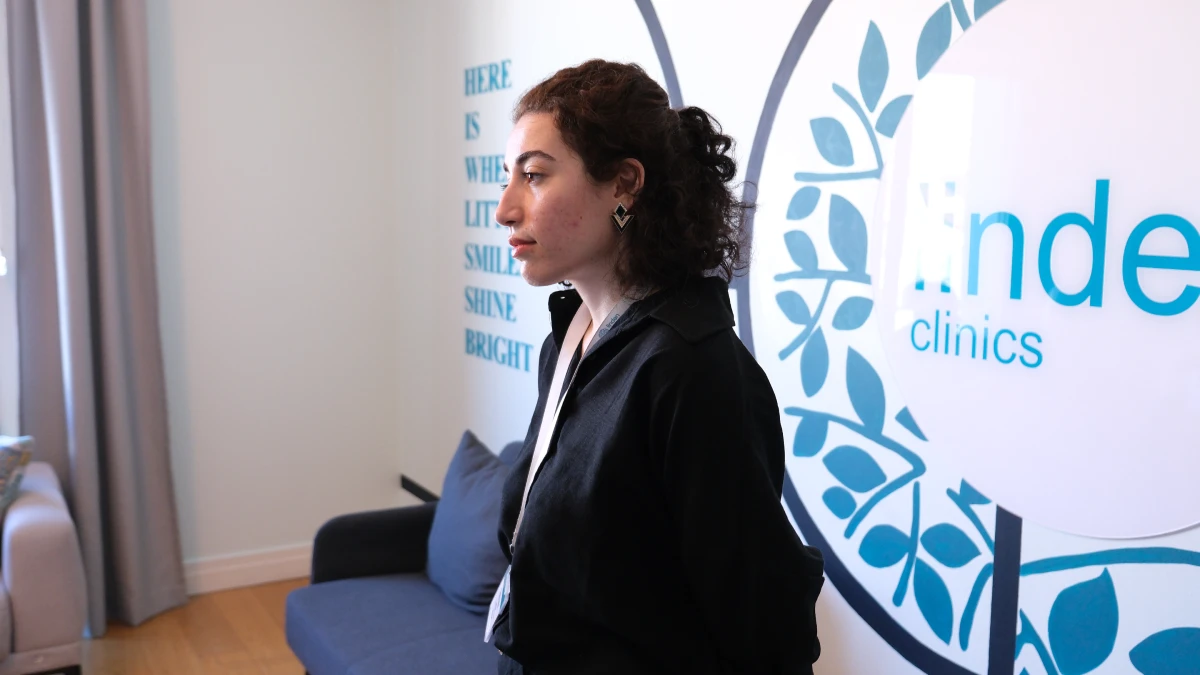Autism Spectrum Disorder (ASD) and Attention Deficit Hyperactivity Disorder (ADHD) are both neurodevelopmental conditions that are often misunderstood and misrepresented. For families raising children with autism, the distinction between these conditions can be important for understanding their child’s unique needs. While both autism and ADHD can affect behavior, communication, and social interaction, they are distinct in many ways. Understanding the similarities and differences between autism and ADHD can help parents better support their child and make informed decisions about treatments, such as those offered by Linden Clinics.
Similarities between Autism and ADHD
Both autism and ADHD involve challenges with attention, self-regulation, and executive functioning. This can lead to difficulties in:
• Focus and Attention: Children with both conditions may struggle to focus on specific tasks, becoming easily distracted or hyper-focused on certain activities.
• Impulsivity: A lack of control over impulses can result in unexpected or socially inappropriate behaviors in both autism and ADHD.
• Hyperactivity: High levels of energy and difficulty sitting still can be common, especially in younger children.
Both conditions can also lead to social difficulties, although the reasons behind these challenges differ. Children with ADHD may struggle with social cues due to impulsivity, while autistic children might find social interaction difficult because of differences in communication or sensory processing.

Differences between Autism and ADHD
Despite these similarities, autism and ADHD differ in key ways:
• Communication: While children with ADHD may have difficulties paying attention during conversations, children with autism might have trouble with nonverbal cues or understanding the emotions behind words. Autistic children may also have delayed speech development or use language in unique ways.
• Sensory Processing: Many autistic children experience sensory sensitivities, such as being overwhelmed by bright lights or loud sounds. This is less common in children with ADHD, although they may be more impulsive in reacting to sensory stimuli.
• Repetitive Behaviors: Autism is often associated with repetitive behaviors, such as hand-flapping or sticking to specific routines. These behaviors are less common in children with ADHD.
Treatment Approaches
When it comes to treatments, both conditions benefit from personalized strategies. At Linden Clinics, stem cell therapy offers a promising avenue for addressing the neurological roots of autism, potentially improving social and cognitive functioning. Understanding whether a child has autism, ADHD, or both is crucial in determining the most appropriate interventions.
Conclusion
For parents, navigating the world of neurodevelopmental conditions can be challenging, but knowledge is power. Recognizing the similarities and differences between autism and ADHD can empower families to seek the right treatments and support their child’s unique journey. Whether your child has autism, ADHD, or both, the therapies offered at Linden Clinics aim to improve quality of life and provide hope for a brighter future.

